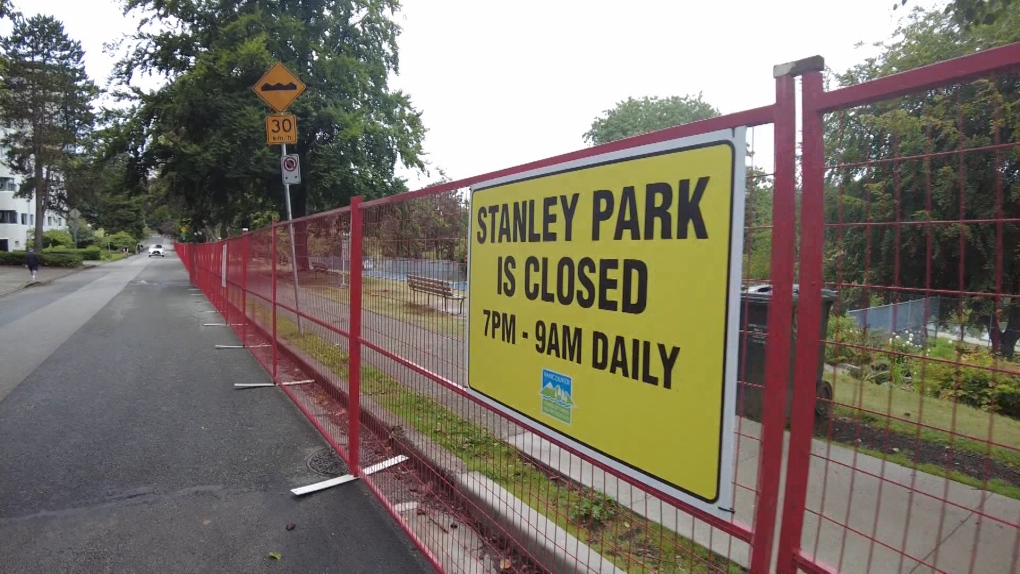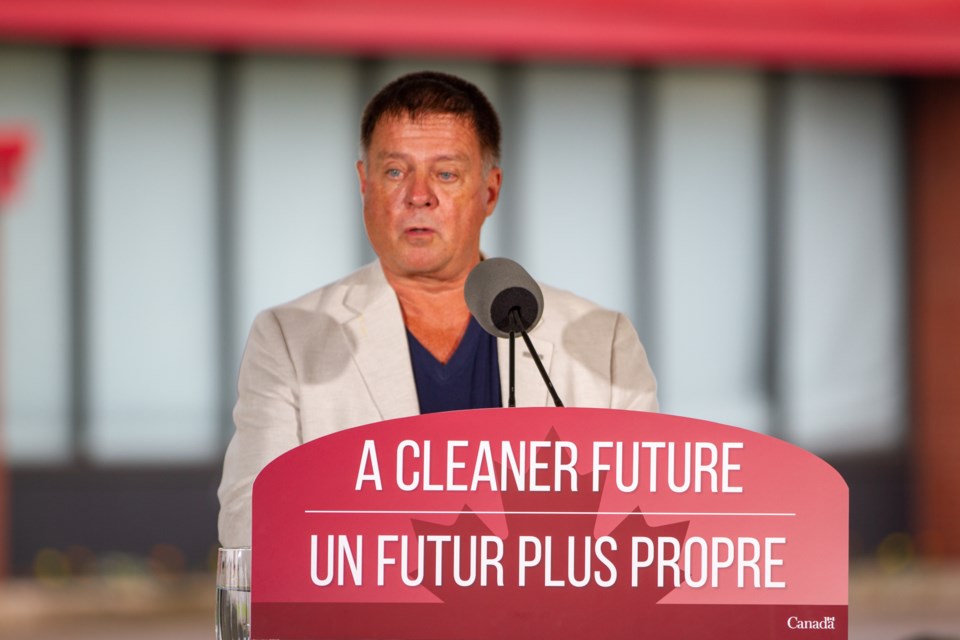EU Lawmakers Want Gazprom Investigated For Alleged Gas Market Manipulation
More than 40 members of the European Parliament from all political groups are urging the European Commission to launch an investigation into Russian gas giant Gazprom over alleged market manipulation that could have contributed to the record-high natural gas prices in Europe.
“We call on the European Commission to urgently open an investigation into possible deliberate market manipulation by Gazprom and potential violation of EU competition rules,” 42 EU lawmakers wrote in a letter to the relevant European Commissioners seen by Bloomberg.
Europe is grappling with soaring natural gas and electricity prices ahead of the winter heating season due to tight gas supplies, very low gas inventories across the continent, and low wind power generation amid still weather.
During the summer, even with the strong rebound in European natural gas demand and surging prices, Gazprom did not book additional entry capacity to Europe via Ukraine.
Analysts say that this could have been an opportunistic move from the Russian giant to drive up Europe’s gas prices further and take advantage of the very high prices. Other analysts think that Gazprom’s effective reduction in supplies would force Europe to recognize that gas customers on the continent need the controversial Nord Stream 2 pipeline to Germany bypassing Ukraine.
Last week, Gazprom said it had completed the construction of Nord Stream 2, although gas flows on the Russia-led pipeline cannot begin until Germany grants an operating license to the project.
Germany’s federal networks regulator BNA said earlier this week that it would decide no later than January 8, 2022, whether it will certify Nord Stream 2 and issue an operating license for the pipeline.
The commissioning of Nord Stream 2 “as soon as possible will substantially balance natural gas price parameters in Europe, including on the spot market,” Kremlin spokesman Dmitry Peskov said on Wednesday.
On Friday, Alexey Miller, chairman of the board of Gazprom, said that low gas storage levels across Europe going into the winter season have the potential to push up Europe’s natural gas prices to new records in the coming weeks.
By Tsvetana Paraskova for Oilprice.com
Opinion: Germany is ignoring Gazprom's attempted blackmail
Moscow's efforts to force through the operational start of the Nord Stream 2 pipeline have so far been unsuccessful. This is because the general public hasn't even noticed the gas price explosion, says Andrey Gurkov.
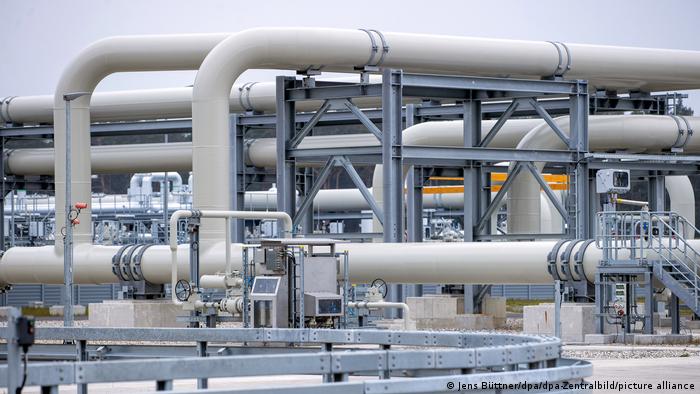
The Nord Stream 2 pipeline has the capacity to pump 55 billion cubic meters of gas
a year from Russia to Germany
The current state of the European gas market can be summed up as follows: Imagine that the price explodes, but no one is paying attention. It must be very frustrating for Gazprom's bosses in Moscow: They came up with a clever way to blackmail the Europeans, yet those insouciant customers didn't even notice.
For months now, the Russian state-owned corporation has apparently been pursuing the goal of forcing the Europeans to issue a swift and unconditional operating permit for Nord Stream 2. Putting both strings of this new gas pipeline into full operation simultaneously would contravene EU energy market laws. Gazprom would therefore need an exemption, but so far this has been denied.
To pile on the pressure, Europe's largest gas supplier sold all the gas in its storage facilities in the EU over the summer, while at the same time not booking any additional transport capacity through Ukraine and Poland beyond what was already contractually agreed.
Low gas reserves for winter
Consequently, just a few weeks before the start of the heating season, levels in European gas storage facilities are at a record low, and in September wholesale gas prices shot through the roof. This was exacerbated by the fact that, for several months, the majority of LNG (liquefied natural gas) tankers from all over the world were shipping to Asia, where prices were even higher.
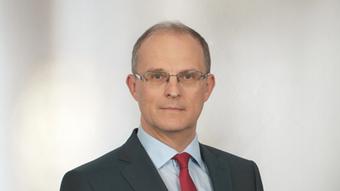
DW's Andrey Gurkov
As a result, Europe is heading into winter without its usual gas reserves. If it gets cold earlier than usual, or stays cold for a particularly long time, European heating and power suppliers will probably end up paying horrendous prices on the spot market. Alternatively, they may increasingly resort to coal and oil, and these would then also become more expensive. The additional costs would, at least in part, be passed on to consumers.
Dire warnings in the Russian media
This was the situation when Gazprom announced in early September that Nord Stream 2 had been completed. And Moscow has let the Europeans know in various subtle ways – recently, for example, via Putin's press spokesperson – that if only the whole of the new pipeline could be connected to the grid as swiftly as possible, supplies to Europe this winter would be assured and the price would certainly drop.
If Moscow believed that, in these circumstances, worried European consumers would put pressure on their governments, it was a serious miscalculation. For weeks now, Russian media outlets have been the only ones reporting that Europeans would either freeze this winter or have to fork out a fortune. Few in Europe knew that the price in the EU for 1,000 cubic meters of gas had reached $600 (€512), that it had then topped $750, and was hurtling toward $800. Finally, on September 15, it hit $950, almost $1,000!
Europeans ignore price increases
The general European public has completely failed to notice any of this, and is therefore not playing along as Gazprom anticipated. This is especially true in Germany, by far the biggest importer of Russian natural gas.
The German media has paid hardly any attention to soaring wholesale gas prices in the EU over the past few months. In particular, it has almost completely ignored the recent speculative activity on the spot market. Perhaps this can partly be explained by the fact that German energy suppliers usually purchase gas under long-term, fixed-price contracts, so the huge price increases simply have not yet reached the end consumer.
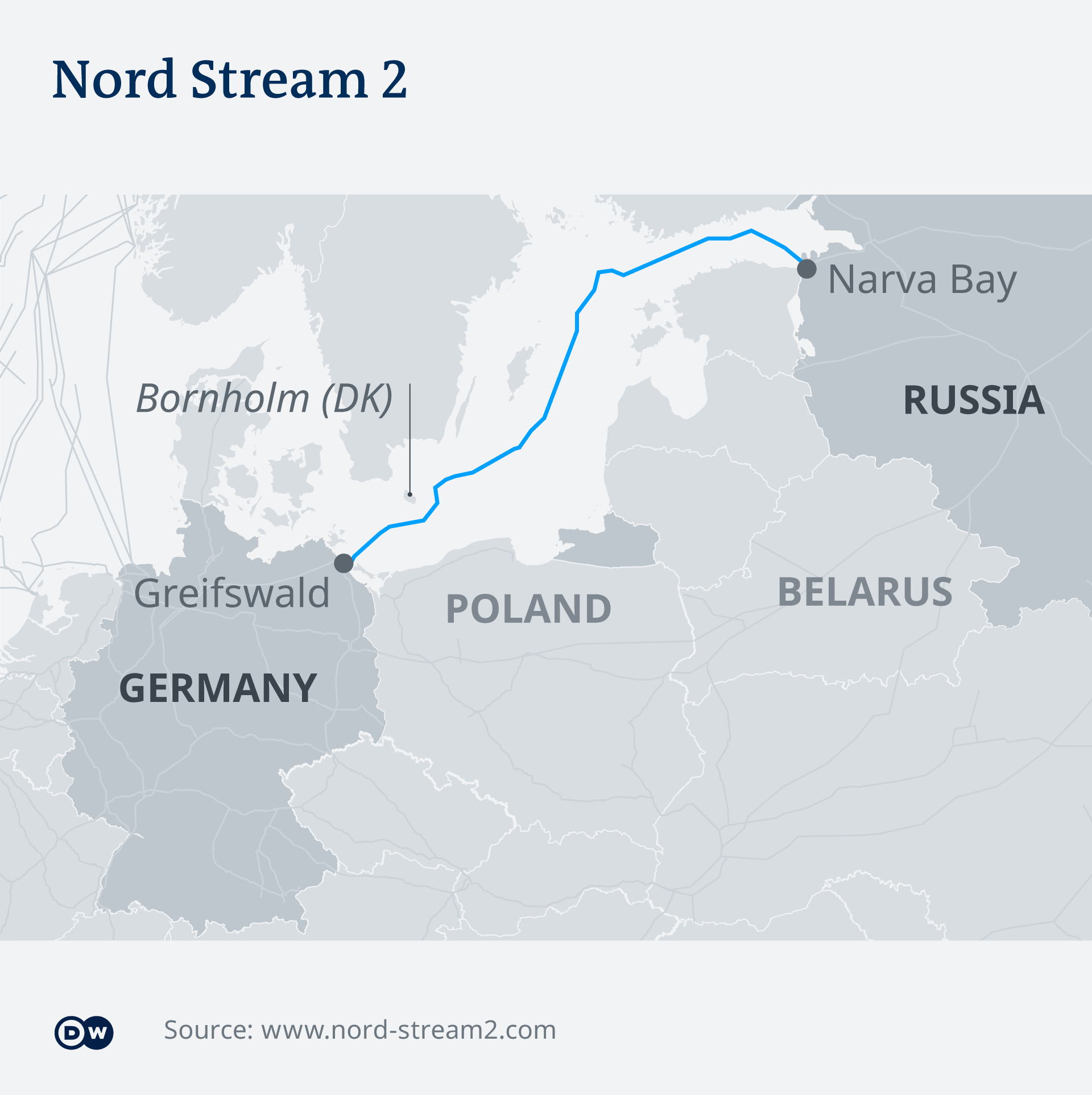
The Nord Stream 2 pipeline was completed a few days ago
Opportunity for the Greens and the FDP
However, if the looming gas shortage means more and more utilities are forced to raise prices in the near future, the problem could become the focus of public interest after all. In Germany, this would probably happen shortly after the election on September 26, when coalition negotiations will be in progress.
Discussions would then most likely take a turn that would not be at all in Gazprom's interest. It would constitute an excellent opportunity for the Greens, who are staunch opponents of the pipeline, lending weight to their demand that the project should be stopped altogether. The free-market liberals of the FDP are also unlikely to respond well to the state-owned Russian monopolist's attempt at blackmail. One or even both of these political parties are almost certain to be involved in negotiations over the formation of the next German government.
How did the EU become so dependent on Russia?
The discussion will therefore not be looking at how to issue an operating permit for both strings of the Nord Stream 2 as fast as possible – even though that would certainly alleviate the pressure on prices. Instead, there are likely to be calls to speed up Germany's transition to renewable energy still further, in order to reduce its obvious dependence on Russian energy supplies.
There are also sure to be questions about how it was possible for the largest natural gas storage facilities in Germany and Austria to come under the control of a Russian company that is itself controlled by the Kremlin. The first proposal may well be the introduction of a legal requirement for private storage operators to maintain a high minimum level of gas at the start of the heating period.
So perhaps Moscow should actually be pleased that Germany has been ignoring the Russian blackmail attempt. For now, at least, this will save Gazprom a lot of trouble in its biggest sales market, which is already working to accelerate the phase-out of fossil fuels.

